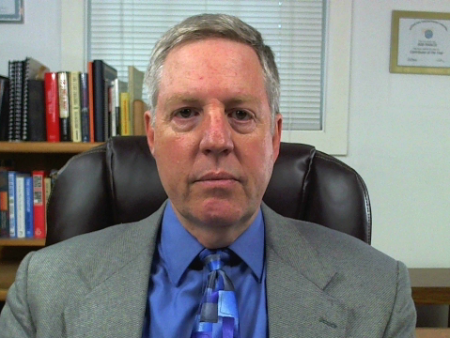Our founder and lead clinician, Dr. Rosenberg has spent years researching Neuromodulation and Neurostimulation research and has developed effective treatments for psychiatric disorders through applying repetitive deep trans-cranial magnetic stimulation. These treatments are used to treat:
- Major depressive disorders;
- Obsessive compulsive disorders;
- Post-traumatic stress disorders; and
- Bipolar depression.
Neuromodulation is the physiological process, by which a neuron uses one or more neurotransmitters to regulate diverse populations of neurons. This is in direct contrast to classical synaptic transmission, in which one presynaptic neuron directly influences a single postsynaptic partner. Neuromodulators, which are secreted by a small group of neurons, diffuse through large areas of the nervous system, affecting multiple neurons. Examples of neuromodulators include dopamine, serotonin, acetylcholine, histamine, and others.
Neuromodulation can be conceptualised as a neurotransmitter, which is not reabsorbed by the pre-synaptic neuron or broken down into a metabolite. Such neuromodulators end up spending a significant amount of time in the Cerebrospinal Fluid (CSF), which influences (or “modulating”) the activity of several other neurons in the brain. For this reason, some neurotransmitters are also considered to be neuromodulators, such as serotonin and acetylcholine.
Neuromodulation is often contrasted with classical fast synaptic transmission. In both cases, the transmitter acts on behalf of the local postsynaptic receptors, but in Neuromodulation, the receptors are typically G-protein coupled receptors, while in classical Chemical Neurotransmission, they are ligand-gated ion channels. Neurotransmission, which involves metabotropic receptors (like G-protein linked receptors) also involves voltage-gated ion channels and are relatively slow. Conversely, Neurotransmission, which involves exclusively ligand-gated ion channels, is much faster. A related distinction is also sometimes drawn between modulator and driver synaptic inputs to a neuron, but here, the emphasis is placed upon modulating ongoing neuronal spiking, which causes that spiking.
Source: Wikipedia

